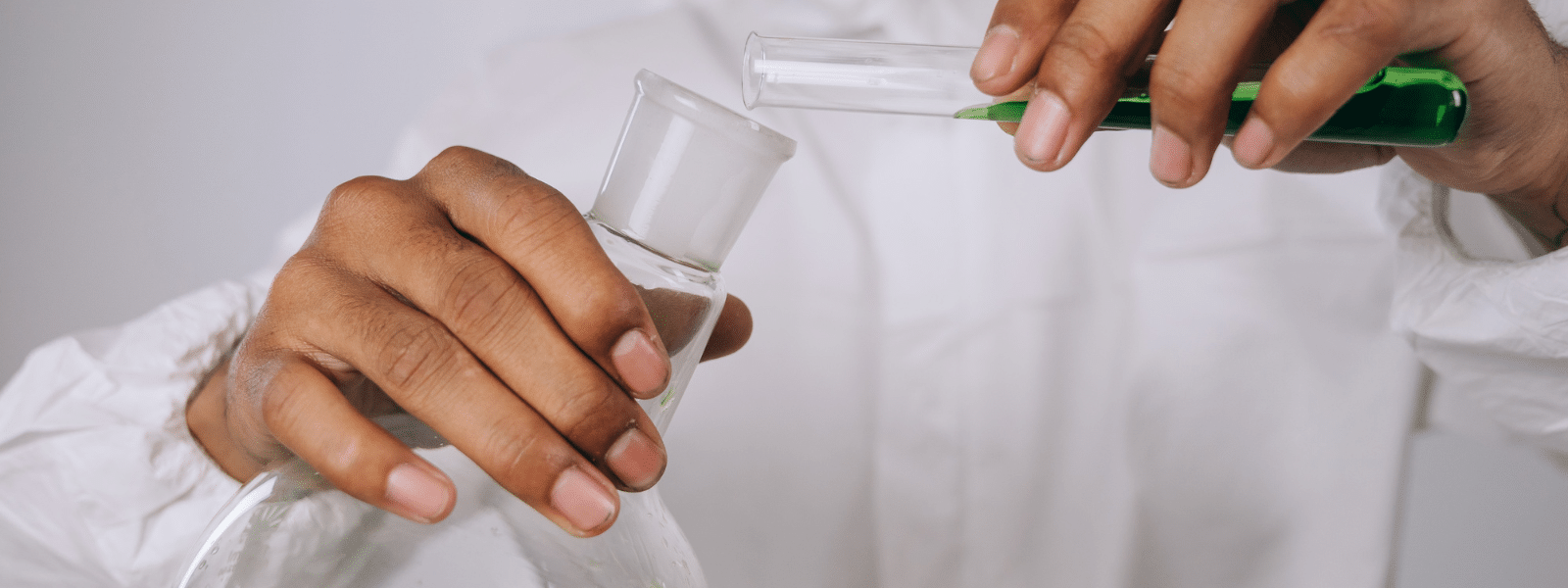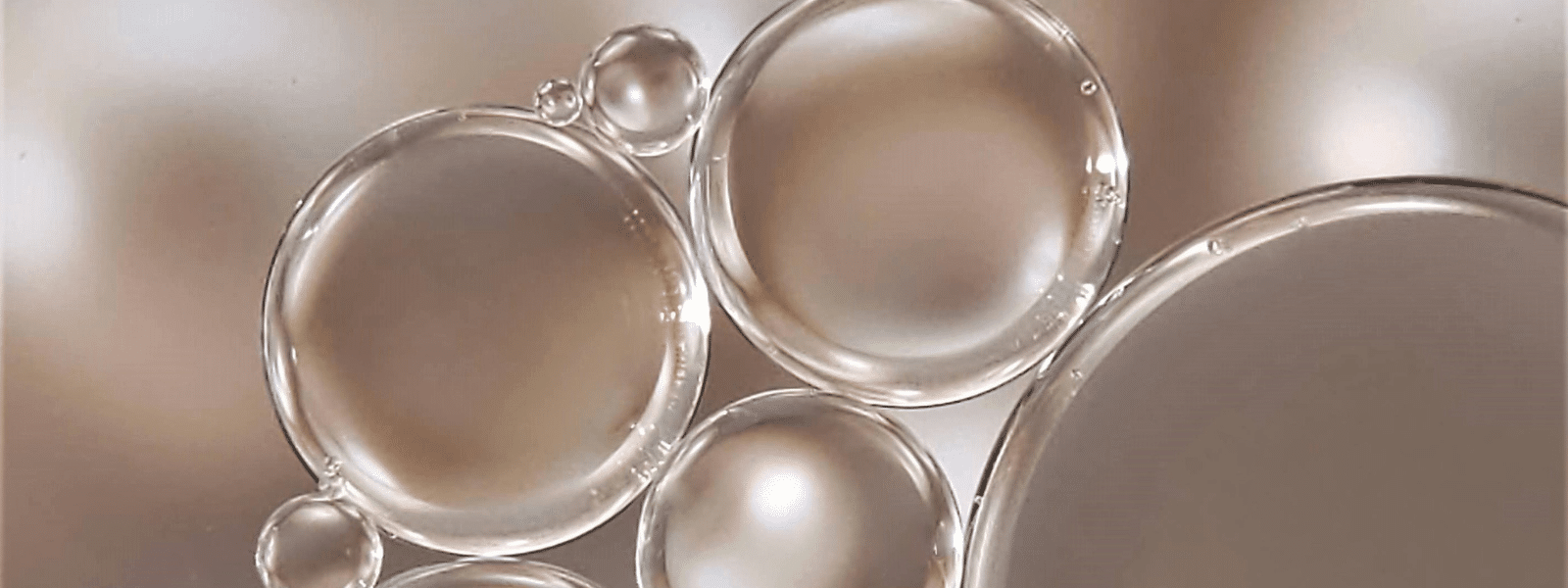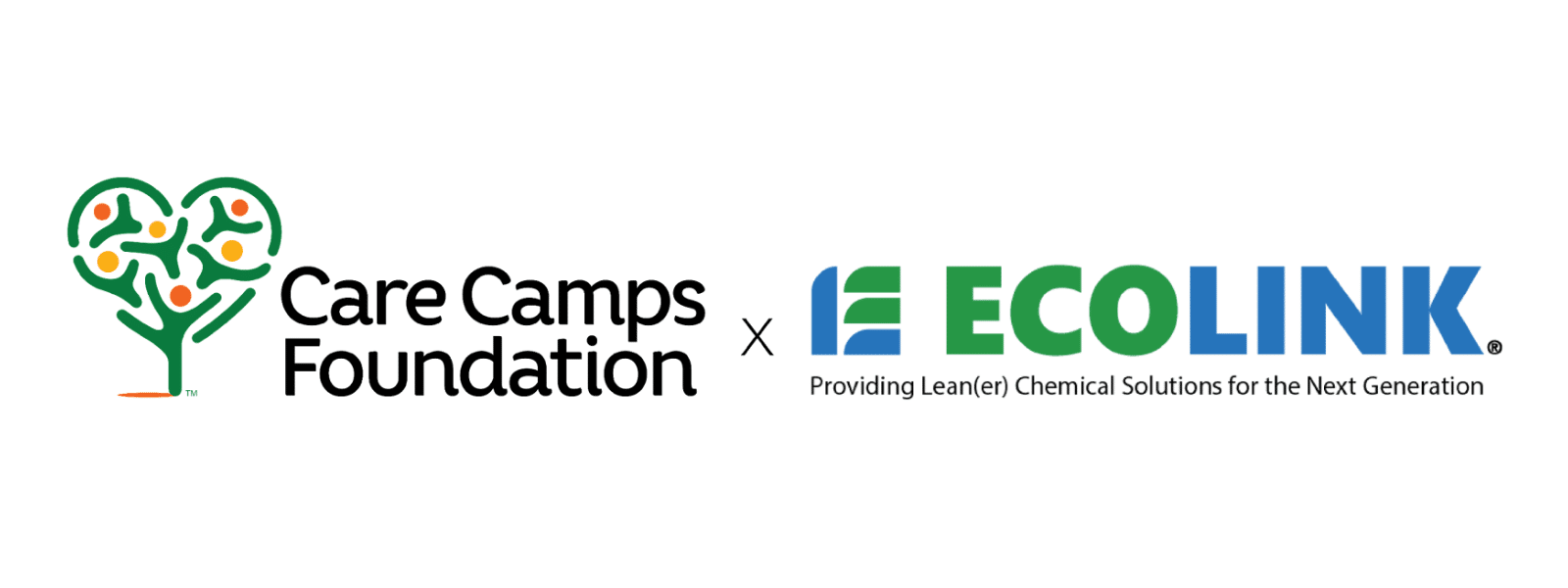Annealing is a metallurgical process in which metal is heat treated to provide three primary effects: supplying the metal with increased ductility, softening the metal for machining processes, and homogenizing the metal’s microstructure to remove internal stresses that could cause the metal to crack or break during service. For some annealing practices, using aerosol flux remover is essential for the annealing process, while for others it is not as necessary.
When to Use Aerosol Flux Remover
Aerosol flux remover is used to remove flux residue from metal that has been put through the annealing process, but not every type of annealing process requires the application of aerosol flux remover. However, there are least two types of annealing procedures in which flux remover play an essential role in preserving the dimensional stability and appearance of the product.
- Open Air Annealing Procedures
Open air annealing procedures are typically performed for two reasons: open air annealing is often less time consuming that using a furnace for heat treating, and some metal assemblies are too large to fit inside an industrial heat treating furnace. In these situation, flux is applied to the part of the assembly is that annealed and to adjacent areas to prevent heat-based oxidation.
- Non-Atmosphere-Controlled Furnaces
Unlike atmosphere-controlled furnaces that remove gases from the heating chamber to prevent sensitive metals from oxidizing (chromium alloys, for example), non-atmosphere-controlled furnaces don’t retain a pure heat treating atmosphere, which means that oxygen and other oxidizing agents are present in the heating chamber. When you use this type of furnace, it’s generally recommended to apply flux in order to prevent oxidation and its undesirable qualities.
When to Not Use Aerosol Flux Remover
There are also at least three annealing procedures for which flux — and thus flux remover — are typically not required: performing annealing in a vacuum furnace, performing the procedure in an atmosphere-controlled furnace, and performing annealing with a bell annealer. Below is an explanation of why these furnaces bypass the fluxing process due to their elite technology.
- Atmosphere-Controlled Continuous Furnaces
These types of furnaces use special technologies to maintain a pure hydrogen/nitrogen atmosphere that does not react with most types of metals (alloys of stainless steel are a good example”. The furnaces use curtain boxes, hood and stack separation, and directional airflow to keep oxygen and other potentially oxidizing elements from causing metal to appear drossy.
- Vacuum Furnaces
Unlike atmosphere-controlled continuous furnaces and bell annealers that maintain a pure hydrogen/nitrogen atmosphere, vacuum furnace apply a vacuum to the heat chamber that removes all gases, essentially eliminating the chance of oxidation. This is why the furnaces are the gold standard for processing metals that will be used in strenuous applications, such as performance parts in aerospace equipment and longstanding, metal structural supports.
- Bell Annealers
Bell Annealers are often designed in a vertical fashion that makes them perfect for annealing long spools of wire and other types of metal assemblies that can be dropped into the furnace in a top-down manner. Like atmosphere-controlled continuous furnaces, bell annealers sequester metal in an environment that is free of gases that become corrosive at high temperatures. For example, a lustrous chromium alloy will oxidize when its is heated in the presence of oxygen.
Looking for Aerosol Flux Remover?
If so, Ecolink has the products you need to perform the annealing process and achieve best results. AND we can create a custom solution that addresses your requirements.
For assistance choosing an aerosol flux remover, call us today at (800) 563-1305, or refer to the contact page on our website. We look forward to supplying you with carefully formulated flux remover that can be used for the annealing process based on the type of metal involved. When flux remover is needed, it will help preserve the appearance of metal from oxidizing elements.















